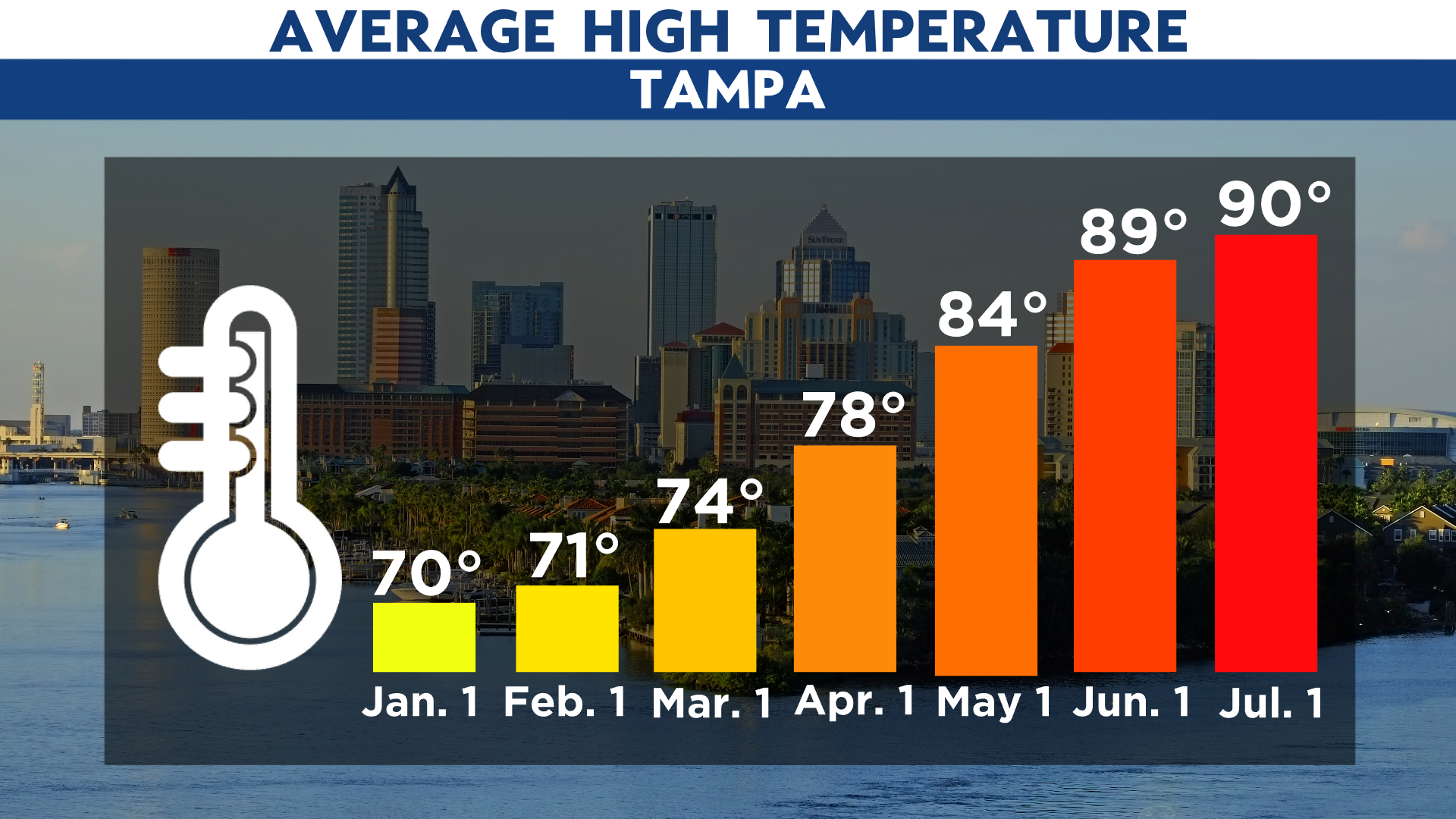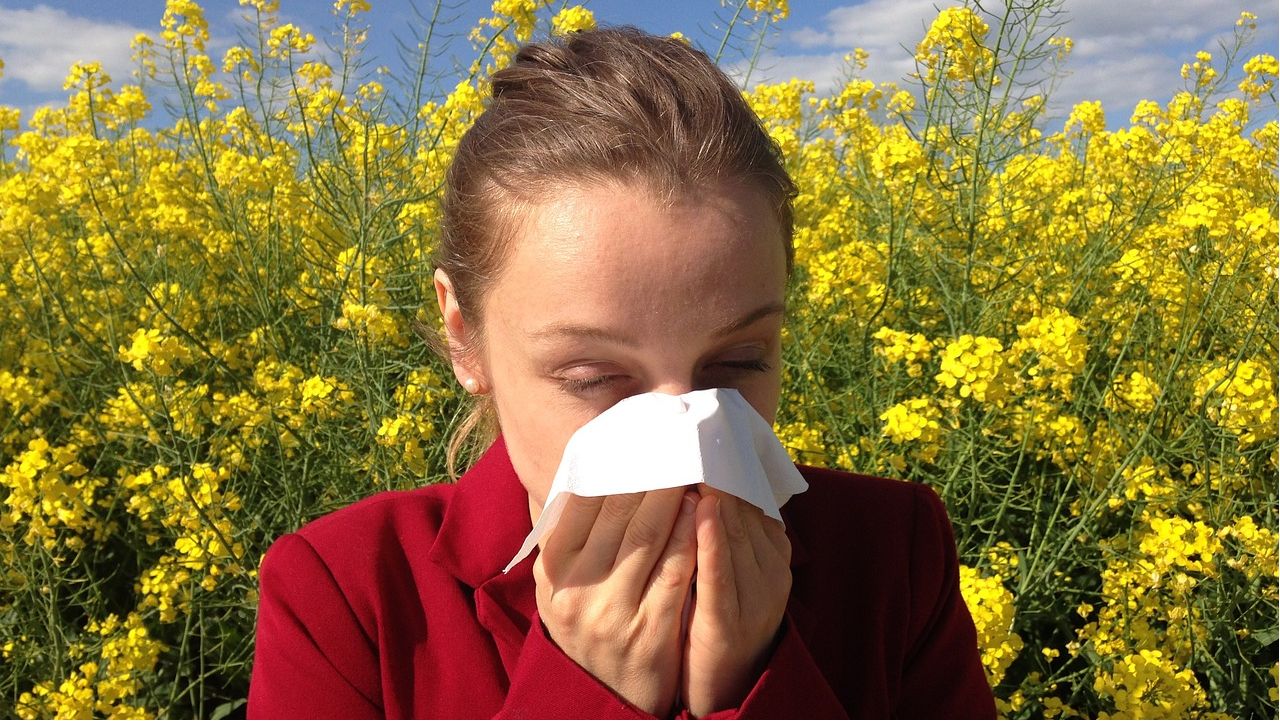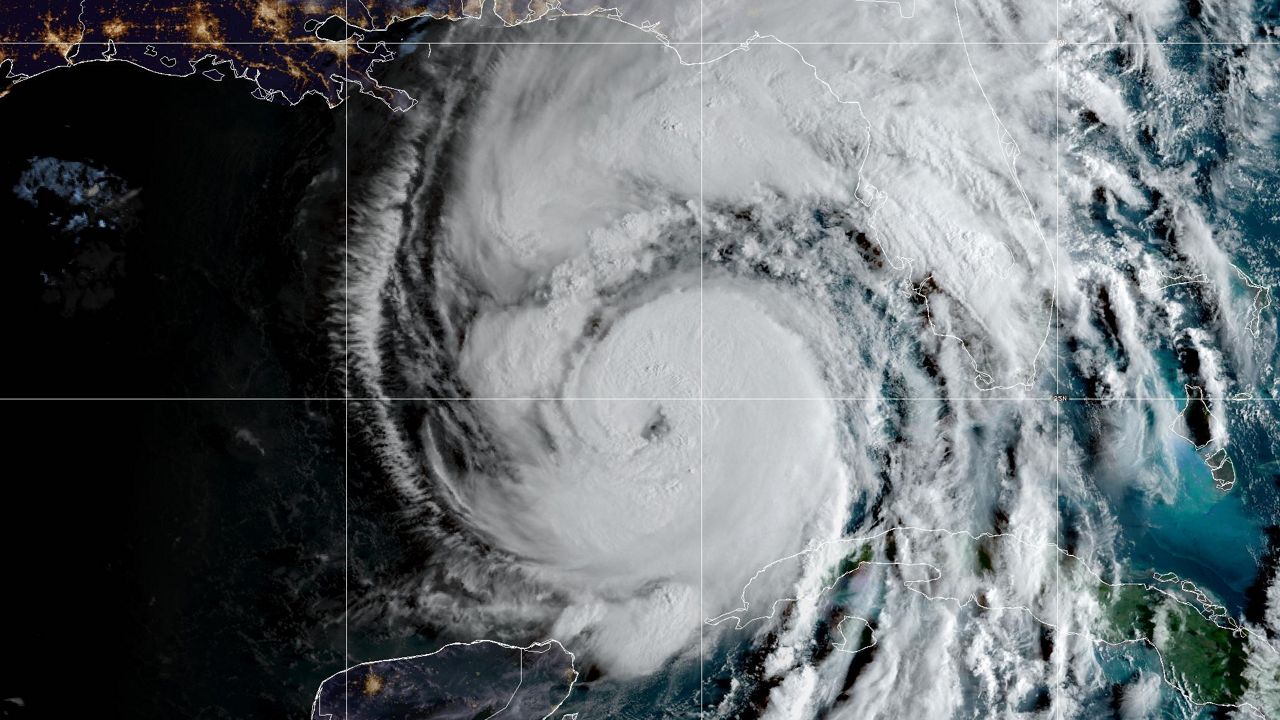Winter has ended, and it's now spring - at least meteorologically speaking.
Meteorological winter consists of December, January, and February. Astronomical winter is the period between the winter solstice and the spring, or vernal, equinox.
There are a few reasons for the difference. First, using three-month periods is more consistent than keeping seasonal weather records and climatology. Because the solstice and equinox are not always on the same date, seasons can vary between 89 and 94 days.
That year-to-year inconsistency makes keeping accurate weather records more difficult.
Second, using meteorological seasons is useful as the weather has more of a relavence to them. For example, December, January, and February are the coldest months, and therefore referring to them as "winter" months makes sense.
From December 2020 through February 2021, temperatures averaged about one degree above normal. After a below normal December, January and February averaged above normal. And February was quite a bit warmer than average.
Rainfall also ended up above average, mainly because of a few good rain events in February. December was near normal, and January was way below, but February saw about an inch above average rainfall.
Looking ahead to meteorological spring, we really start to warm up. Coming out of winter, we begin March with normal highs in the mid-70s and lows in the mid-50s.
April goes from the upper 70s for highs and low 60s for lows to the mid-80s and mid-60s, respectively.
Finally, the month of May gets us close to our summer heat as we end up with averages near 90 and lows in the 70s.

Rainfall is typically low during the spring months. Coming out of our frequent winter cold fronts and not quite to summer storms, there usually isn't much that gives us a good rain opportunity during spring's three months.
Now that isn't absolute, as we can still have cold fronts, low pressure systems, and early season sea breeze thunderstorms (more common in the summer). The three-month period of March, April, and May usually yields about 7 to 8 inches of rain.








